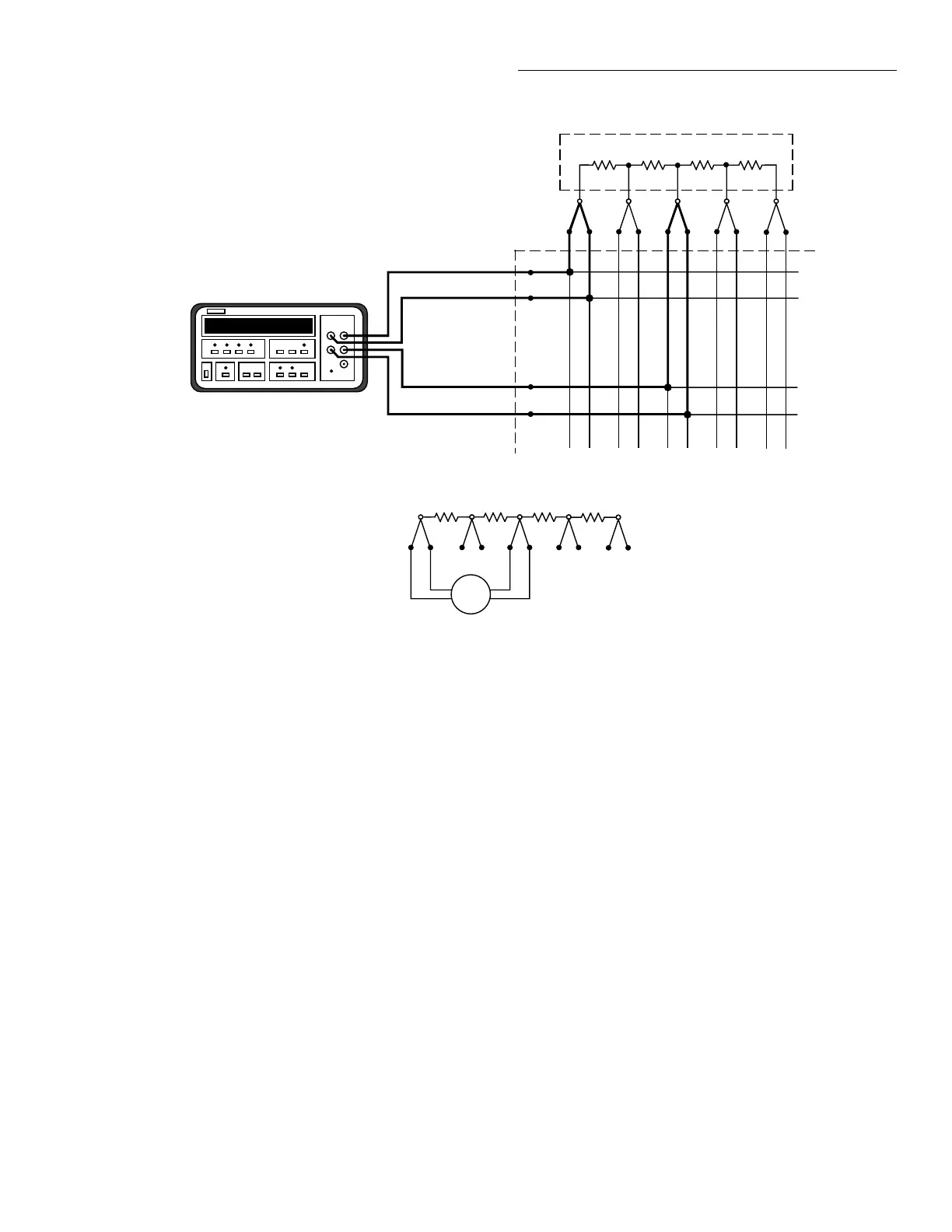2.1
INTRODUCTION
This
section contains
the
detailed information
to
operate
the Source Measure
Unit.
Generally,
the
information
is
presented
in
a sequence
that
the
unit
would
most
likely
be
used. Along
with
front
panel
operation, abbreviated
information for
using
it
over
the
IEEE-488
bus
is
also pro-
vided. Detailed IEEE-488
bus
operation
is
covered
in
Sec-
tion 3 of this manual.
The
information
in
this section
is
divided
into four parts:
connections, operating fundamentals,
sweep
operation,
and
source-measure considerations.
2.2
Power
Up: Provides detailed information for con-
figuring
and
connecting
the
unit
to
the
available line volt-
age.
Connections
2.3 Basic
Test
Connections: Covers the basic informa-
tion for connecting a
Source
Measure
Unit
to
a device
un-
der
test (DUT)
that
is
installed
in
a test fixture.
2.4
Multi
Unit
Connections: Connection requirements
when
using
two
or
more
units
in
a test system.
2.5 IEEE-488
Bus
Connections: Provides
the
informa-
tion
needed
for connections to
the
IEEE-488 bus.
+
+
SECTION 2
Operation
2.6 Typical
Switching
Configurations: Recommends
some
typical
switching configurations
using
various
switching cards.
2.7
High
Voltage
Switching
Configurations: Recom-
mends
high
voltage switching cards for the Model237.
Operating
Fundamentals
(DC
Operation)
2.8
Display
Messages: Provides a table
that
lists
and
ex-
plains
display
messages.
2.9
Data
Entry: Explains
how
to
enter
data
into the
Source
Measure
Unit.
2.10
Menu:
Contains
the
detailed information for
using
the
MENU selections. These include;
de
delay, default
delay, sensing, ac line frequency, IEEE address, factory
initialization,
and
self tests.
2.11 Select Source
and
Function: Provides the detailed
information associated
with
source selection
and
func-
tion selection (de
or
sweep).
2.12
Set
Compliance
and
Measurement
Range: Ex-
plains compliance
and
provides
the
detailed procedure
to
set compliance
and
measurement
range.
2.13 Autorange: Explains
the
autorange (measurement)
feature
and
how
to
use
it.
2.14 Operate: Explains
the
operate
and
standby
states.
2-1

